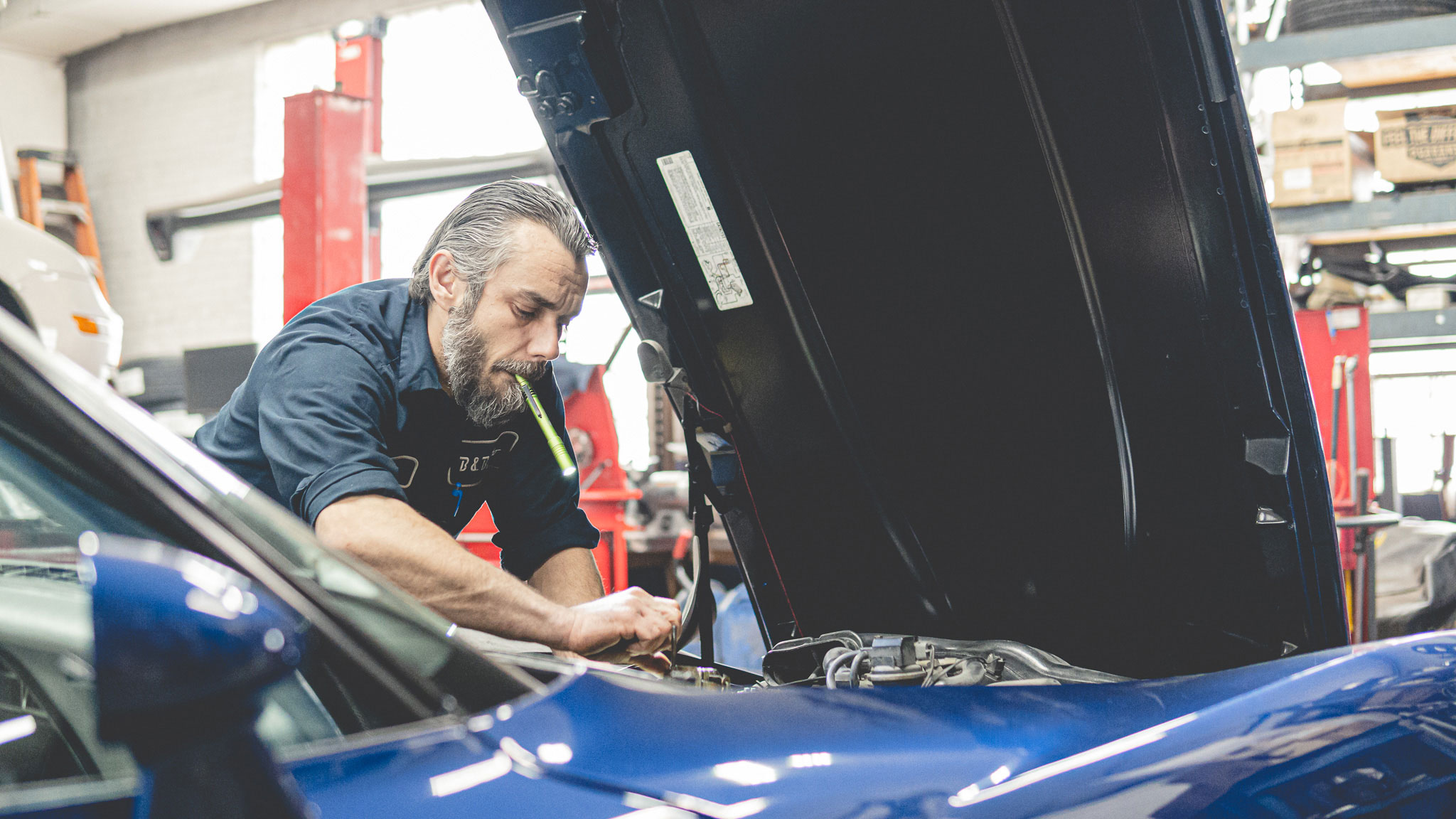All Categories
Featured
Tire rotations are one of the simplest yet most effective upkeep tasks to ensure your car runs efficiently and safely. This regular service rearranges tire wear, offering countless benefits for your automobile's performance, safety, and your budget.
What Does Tire Turning Involve?
Tire turning is the process of occasionally changing the setting of each tire on your automobile. Front tires may be switched with rear ones, or tires may be relocated diagonally. The certain pattern depends on factors like your car's drivetrain (front-wheel, rear-wheel, or four-wheel drive) and the type of tires you have.
![]()
Why Tire Rotations Are Vital
Advertises Also Walk Wear. Various tires birth different quantities of weight and anxiety depending upon their position. Front tires commonly wear faster because they manage braking and guiding. Routine turnings cancel the wear, making certain all 4 tires have similar walk midsts.
Extends Tire Life Expectancy. Unequal wear causes early tire replacements. Revolving your tires can extend their life expectancy, conserving you money gradually.
Enhances Vehicle Efficiency. Well balanced tires enhance stability, handling, and traction. Whether you're catching, braking, or driving on slippery roadways, uniformly worn tires make sure a smoother and much safer driving experience.
![]()
Enhances Gas Efficiency. Tires with unequal walk wear can create a lot more rolling resistance, which makes your engine job more difficult and takes in more gas. Normal turnings aid preserve ideal fuel performance.
Guarantees Safety. Used tires can jeopardize braking range and control. By turning your tires, you preserve even reduce the risk and wear of blowouts or skidding.
Just How Typically Should You Revolve Your Tires?
Professionals recommend turning your tires every 5,000 to 7,500 miles. A convenient technique is to pair tire turnings with oil changes. Always consult your automobile's proprietor manual for certain guidelines.
Typical Turning Patterns
Turning patterns rely on your car's drivetrain and tire type:
Front-Wheel Drive (FWD): Front tires transfer to the back, and back tires cross to the front.
Rear-Wheel Drive (RWD): Rear tires transfer to the front, and front tires go across to the back.
All-Wheel Drive (AWD): Tires adhere to an "X" pattern to guarantee balanced wear.
Directional Tires: These tires need to stay on the exact same side of the lorry and are swapped front to back.
Indicators Your Tires Need Turning
Uneven tread wear.
![]()
Reduced gas performance.
Vibrations while driving, especially at broadband.
Difficulty taking care of the automobile in negative climate condition.
Last Thoughts
Tire turnings are a simple means to safeguard your investment and enhance your driving experience. By redistributing wear, you can expand the life of your tires, boost fuel effectiveness, and guarantee your safety and security on the roadway. Arrange normal tire rotations with a relied on auto mechanic and make it a consistent component of your vehicle's maintenance regimen.
What Does Tire Turning Involve?
Tire turning is the process of occasionally changing the setting of each tire on your automobile. Front tires may be switched with rear ones, or tires may be relocated diagonally. The certain pattern depends on factors like your car's drivetrain (front-wheel, rear-wheel, or four-wheel drive) and the type of tires you have.

Why Tire Rotations Are Vital
Advertises Also Walk Wear. Various tires birth different quantities of weight and anxiety depending upon their position. Front tires commonly wear faster because they manage braking and guiding. Routine turnings cancel the wear, making certain all 4 tires have similar walk midsts.
Extends Tire Life Expectancy. Unequal wear causes early tire replacements. Revolving your tires can extend their life expectancy, conserving you money gradually.
Enhances Vehicle Efficiency. Well balanced tires enhance stability, handling, and traction. Whether you're catching, braking, or driving on slippery roadways, uniformly worn tires make sure a smoother and much safer driving experience.

Enhances Gas Efficiency. Tires with unequal walk wear can create a lot more rolling resistance, which makes your engine job more difficult and takes in more gas. Normal turnings aid preserve ideal fuel performance.
Guarantees Safety. Used tires can jeopardize braking range and control. By turning your tires, you preserve even reduce the risk and wear of blowouts or skidding.
Just How Typically Should You Revolve Your Tires?
Professionals recommend turning your tires every 5,000 to 7,500 miles. A convenient technique is to pair tire turnings with oil changes. Always consult your automobile's proprietor manual for certain guidelines.
Typical Turning Patterns
Turning patterns rely on your car's drivetrain and tire type:
Front-Wheel Drive (FWD): Front tires transfer to the back, and back tires cross to the front.
Rear-Wheel Drive (RWD): Rear tires transfer to the front, and front tires go across to the back.
All-Wheel Drive (AWD): Tires adhere to an "X" pattern to guarantee balanced wear.
Directional Tires: These tires need to stay on the exact same side of the lorry and are swapped front to back.
Indicators Your Tires Need Turning
Uneven tread wear.

Reduced gas performance.
Vibrations while driving, especially at broadband.
Difficulty taking care of the automobile in negative climate condition.
Last Thoughts
Tire turnings are a simple means to safeguard your investment and enhance your driving experience. By redistributing wear, you can expand the life of your tires, boost fuel effectiveness, and guarantee your safety and security on the roadway. Arrange normal tire rotations with a relied on auto mechanic and make it a consistent component of your vehicle's maintenance regimen.
Latest Posts
Say Goodbye to Old Bathrooms with Bath Fitter
Published Jan 09, 25
0 min read
Indulge in Red Hawk Gastropub's Delectable Dishes
Published Jan 09, 25
1 min read
A-Abel Roofing: Tinley Park’s Trusted Roof Repair and Installation Team
Published Jan 09, 25
1 min read